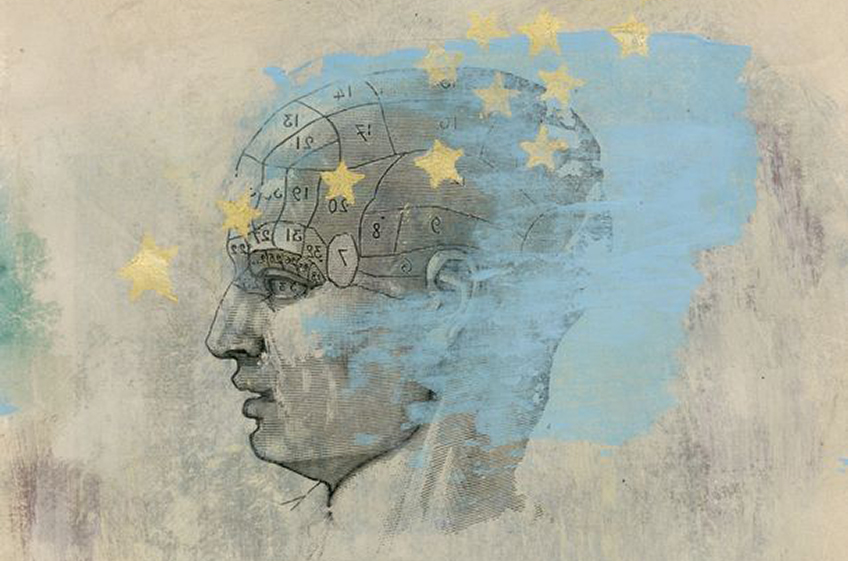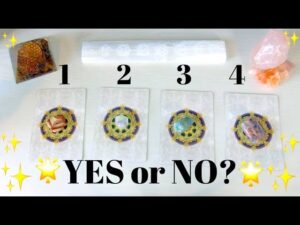1. Improving your Tarot: Connecting with the Subconscious – Psychologist Carl Jung suggested tarot cards are connected to the subconscious mind. He was a student of Freud, the father of psychoanalysis. Jung also implied Tarot cards can help predict the future. Many cards in the Tarot are connected with subconscious ideas and images. Examples of such cards are the Moon and the High Priestess. If you can learn to work more with your subconscious mind and those you are reading for, you can better understand your interpretation of the Tarot.
2. Improving your Tarot: Using Archetypal Language – Archetypes are powerful universal figures and symbols. Carl Jung also suggested Archetypal Language is encoded within the Tarot cards. He mentioned that Tarot imagery and symbolism contained “sort of archetypal ideas, of a differentiated nature”. Getting familiar with this Archetypal language will help you improve your Tarot skills.
3. Use Personality Profiling – Personality Profiling is used to measure a person’s personality in a situation. It looks at a person’s behavioral character traits. This same principal can be applied when reading the Tarot cards. For example, when the King of Wands cards come up, you would identify the character traits of the King. Then you would apply this to the situation the quadrant is in.
4. Reflect on Prior Knowledge – Under the psychological principle of cognition and learning, prior knowledge is listed as a way for students to think and learn. Relying on prior knowledge during reading Tarot is very important. The more you learn and memorize what the cards mean and stand for, the better you will improve your Tarot reading skills.
5. Practice, Practice, Practice! – Practice is also listed under the psychological principle of cognition and learning. Practicing Tarot Readings as much as you can with friends and family will help you improve your Tarot skills. It will also develop your long-term Tarot skills and self-mastery.
6. Use your Creativity – This is another way that students think and learn, according to the psychological principle of cognition and learning. Feeling creative and inspired will help you connect better with Tarot cards. It will also help you to see deeper into the situation or query at hand. You may discover opportunities or paths worth exploring that you may not have noticed before, when you create a creative space.
7. Get Familiar with Myers/Briggs Test Type Psychology & Personality Types – The personality behaviors pictured in the Tarot correlate strongly to the Myers/Briggs Test Type Psychology. Becoming familiar with the Myers/Briggs Personality types will help you improve your Tarot skills.
8. Apply Humanistic psychology Theory to Tarot- Humanistic psychology focuses on the fact that all humans have act as free agents. When applying this theory to the Tarot, we can see how the Tarot serves as a roadmap of possible paths a person can choose from in life. Ultimately, the choice is up to the individual as to which path they choose.
9. Engage in Feedback – Feedback was also listed under the psychological principle of cognition and learning. It mentions how feedback is an important tool to facilitate student learning. Feedback from the questioner whom you are reading Tarot for works in this same manner. This feedback will help you to learn more about Tarot, therefore improving your skills.
10. Create Interpersonal Relationships – Under the psychological principle of cognition and learning, interpersonal relationships and communication were identified as key aspects in the social development of students. In this same manner, interpersonal relationships and communication while performing Tarot readings is equally important. It is important for you as a tarot reader to establish an interpersonal relationship not only with the person you are reading for, but also with your Tarot cards themselves.




